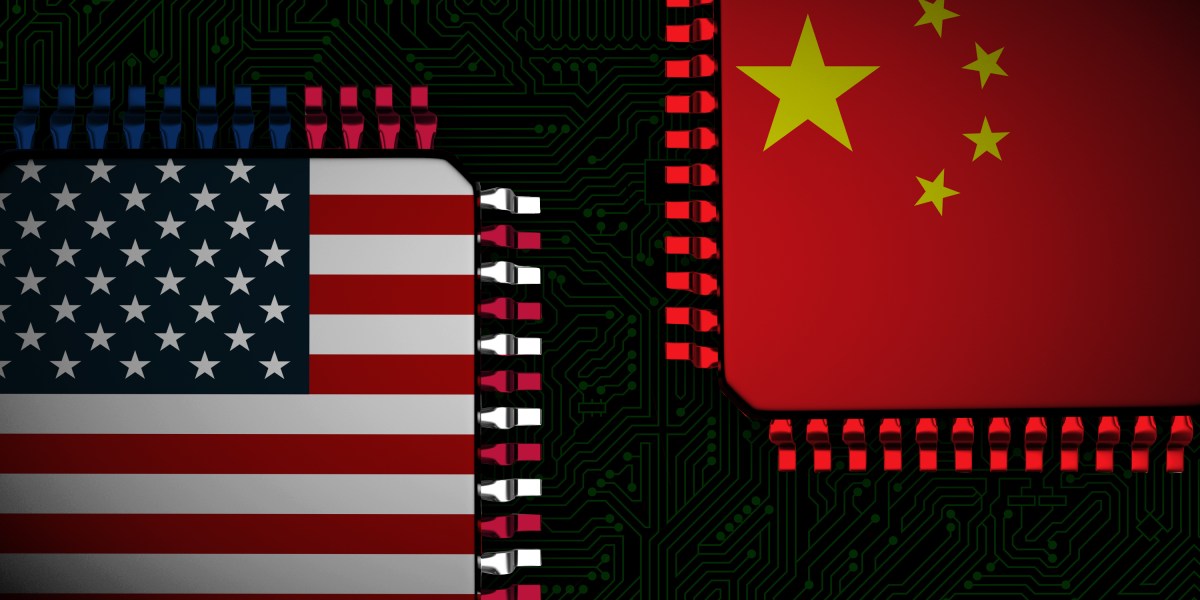This Chinese city wants to be the Silicon Valley of chiplets

That’s what I wrote about in a new story today. Chiplets—the new chipmaking approach that breaks down chips into independent modules to reduce design costs and improve computing performance—can help China develop more powerful chips despite US government sanctions that prevent Chinese companies from importing certain key technologies.
Outside China, chiplets are one of the alternative routes that the semiconductor industry could take to improve chip performance cost-effectively. Instead of endlessly trying to cram more transistors into one chip, the chiplet approach proposes that the functions of a chip can be separated into several smaller devices, and each component could be easier to make than a powerful single-piece chip. Companies like Apple and Intel have already made commercial products this way.
But within China, the technology takes on a different level of significance. US sanctions mean that Chinese companies can’t purchase the most advanced chips or the equipment to make them, so they have to figure out how to maximize the technologies they have. And chiplets come in handy here: if the companies can make each chiplet to the most advanced level they are capable of and assemble these chiplets into a system, it can act as a substitute for more powerful cutting-edge chips.
The technology needed to make chiplet is not that new. Huawei, the Chinese tech giant that has a chip-design subsidiary called HiSilicon, experimented with its first chiplet design product in 2014. But the technology became more important to the company after it was subject to strict sanctions from the US in 2019 and couldn’t work with foreign factories anymore. In 2022, Huawei’s then chairman, Guo Ping, said the company was hoping to connect and stack up less advanced chip modules to keep the products competitive in the market.
Currently, there’s a lot of money going into the chiplet space. The Chinese government and investors have recognized the importance of chiplets, and they are pouring funding into academic projects and startups.
Particularly, there’s one Chinese city that has gone all-in on chiplets, and you very likely have never heard its name: Wuxi (pronounced woo-she).
Halfway between Shanghai and Nanjing, Wuxi is a medium-sized city with a strong manufacturing industry. And it has a long history in the semiconductor sector: the Chinese government built a state-owned wafer factory there in the ’60s. And when the government decided to invest in the semiconductor industry by 1989, 75% of the state budget went into the factory in Wuxi.


